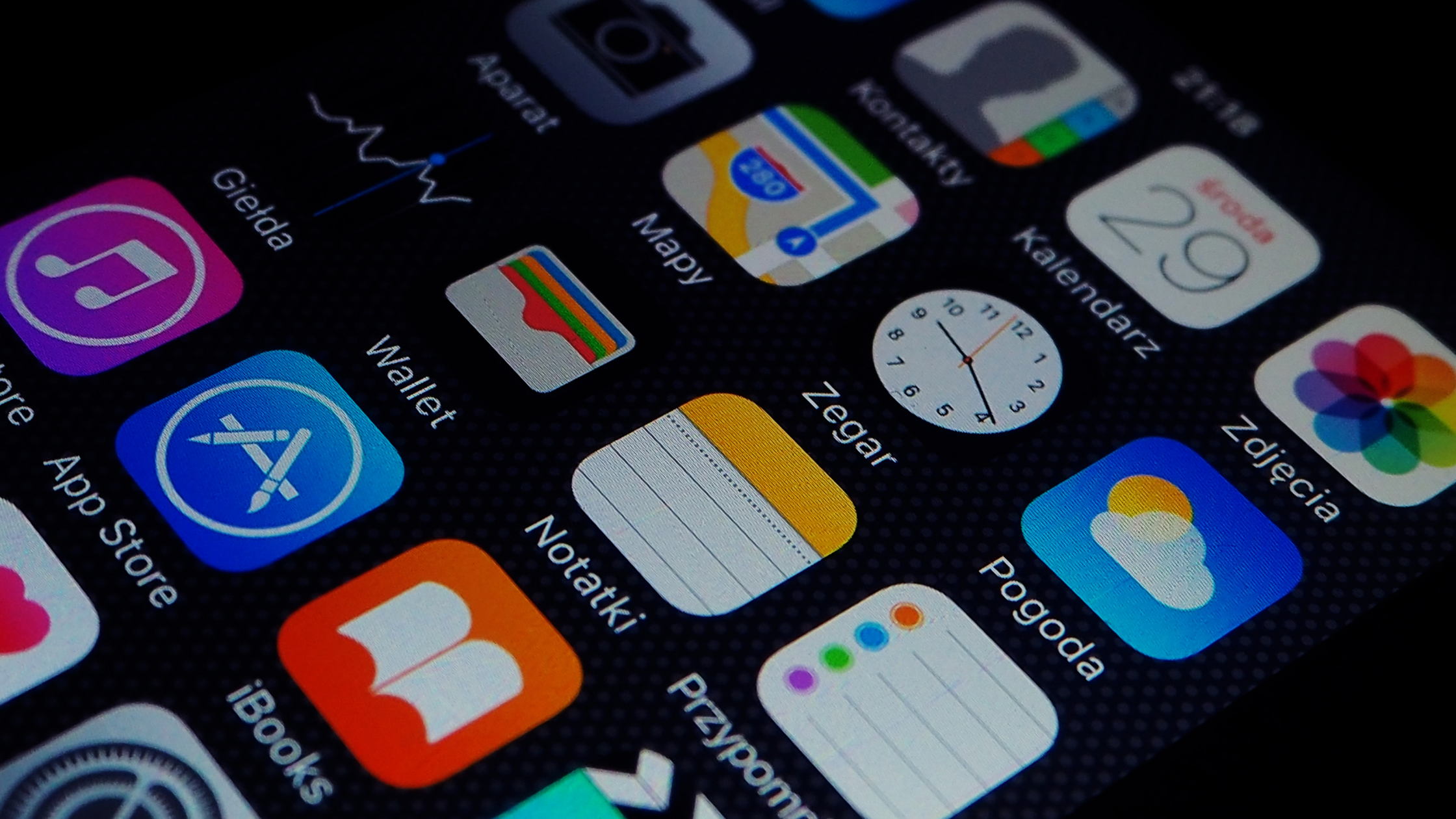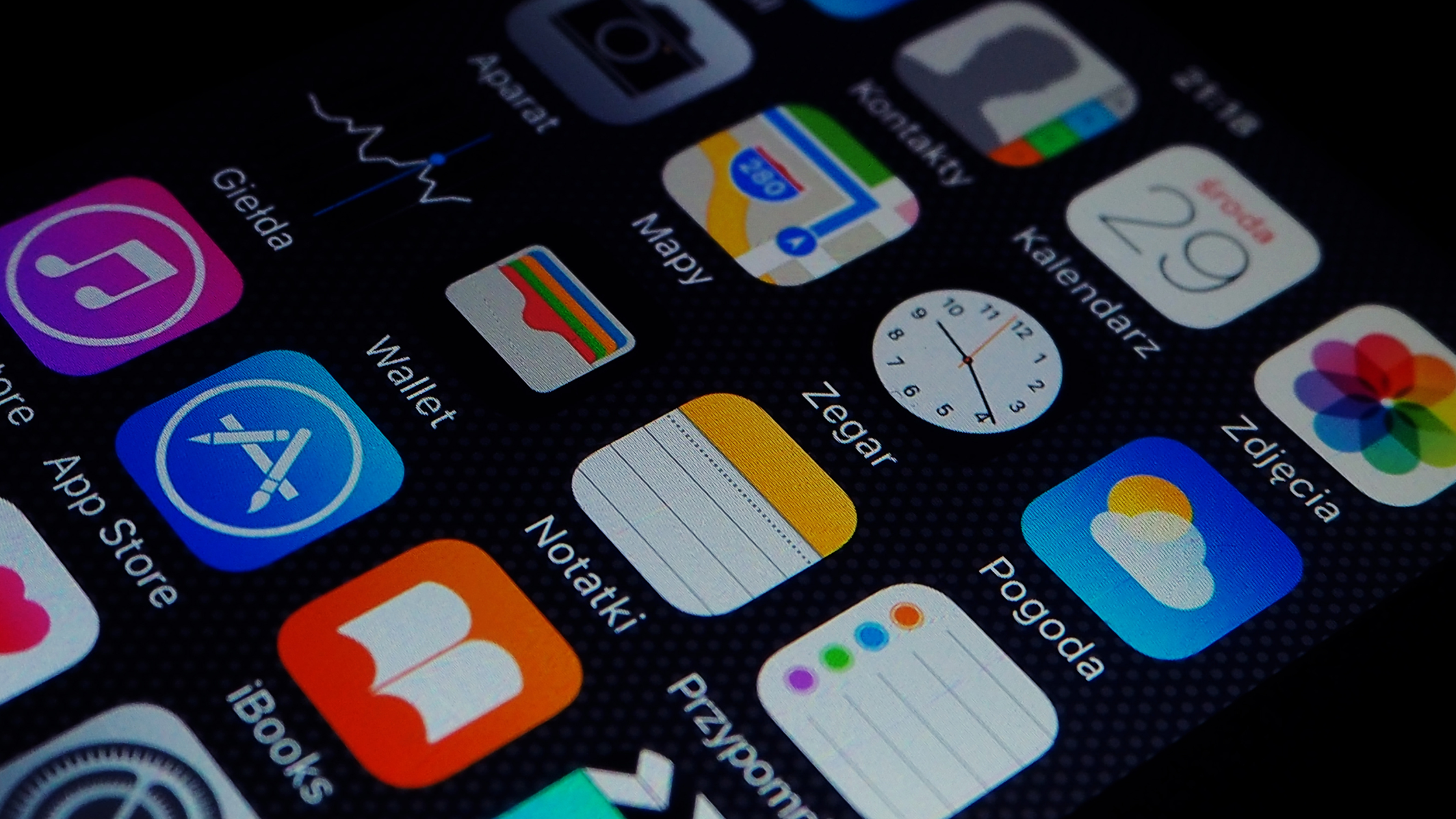Visitors have accessed this post 169 times.
The best iPhone photography tricks:
In recent years, iPhone photography has become increasingly popular, allowing users to capture stunning images using just their smartphones.
With the advancements in iPhone camera technology, combined with a variety of photography tricks and techniques, anyone can now take professional-looking photos without the need for expensive equipment.
The best iPhone photography tricks that will help you elevate your smartphone photography game to new heights.
Rule of thirds:
The first trick is to utilize the rule of thirds. This fundamental principle of photography involves dividing the frame into a grid of nine equal parts and placing the subject along these lines or at their intersections. By doing so, you create a visually appealing and balanced composition that captures the viewer’s attention.
Different angles and perspectives:
The second trick is to experiment with different angles and perspectives. Instead of shooting from eye level, try crouching down or shooting from a higher vantage point. Changing your perspective can add depth and interest to your photos, making them stand out from the crowd.
Using natural light:
Next, consider using natural light to your advantage. The iPhone’s camera performs exceptionally well in well-lit environments. Seek out golden hour, the hour after sunrise or before sunset when the lighting is soft and warm, creating a beautiful and flattering glow on your subjects.
HDR:
Another useful trick is to use the HDR (High Dynamic Range) feature on your iPhone. HDR combines multiple exposures to capture a wider range of light and detail in your photos. It particularly comes in handy when shooting landscapes or scenes with a significant contrast between the brightest and darkest areas.
Portrait:
Next, experiment with the iPhone’s portrait mode. This feature creates a shallow depth of field effect, keeping the subject in focus while blurring the background, providing a more professional and appealing look to your portraits.
Exposure:
Additionally, learn to manually adjust the exposure and focus of your iPhone camera. Tapping on the screen allows you to set the focus point while sliding your finger up or down adjusts the exposure. This allows you to have better control over your photos and ensures optimal lighting and sharpness.
Fast moving:
The iPhone’s burst mode is another handy trick to capture fast-moving subjects or those special moments that happen in an instant. Simply hold down the shutter button to take a burst of photos, and later select the best ones from the series.
Long exposure:
Another exciting technique to try is long exposure photography. While traditionally requiring a DSLR and tripod, the iPhone can also achieve this effect. Third-party apps, such as Slow Shutter Cam, allow you to capture stunning light trails or silky water effects that produce breathtaking results.
Waterproof case:
For underwater photography enthusiasts, consider investing in a waterproof case or housing for your iPhone. These accessories allow you to explore the fascinating world under the water’s surface and capture unique and memorable shots while protecting your device.
Editing apps:
Do not underestimate the power of editing apps. Numerous apps, such as VSCO, Snapseed, and Adobe Lightroom, offer powerful editing tools that can transform your photos from good to extraordinary. Experiment with adjusting exposure, saturation, and other settings to achieve your desired look.
Grid:
Use the grid feature on your iPhone camera. This simple tool helps you compose your shots following the rule of thirds – a fundamental principle of photography. With the grid, you can align your subjects along the intersecting lines, creating a more balanced and visually pleasing image.
Wide angle lens:
Next, experiment with different perspectives by using the iPhone’s wide-angle lens. This lens allows you to capture a larger field of view and can be particularly useful in landscape or architectural photography. By getting closer to your subject and shooting from low or high angles, you can add depth and interest to your photos.
Avoid flash:
When photographing in low light conditions, avoid using the flash as it can create harsh and unnatural lighting. Instead, stabilize your iPhone by using a tripod or resting it on a stable surface. Additionally, increase the ISO setting on your iPhone to capture more light and reduce overall noise in your images.
Remember, the key to mastering these techniques is practice and experimentation. So, pick up your iPhone, go out, and let your creativity roam free!
